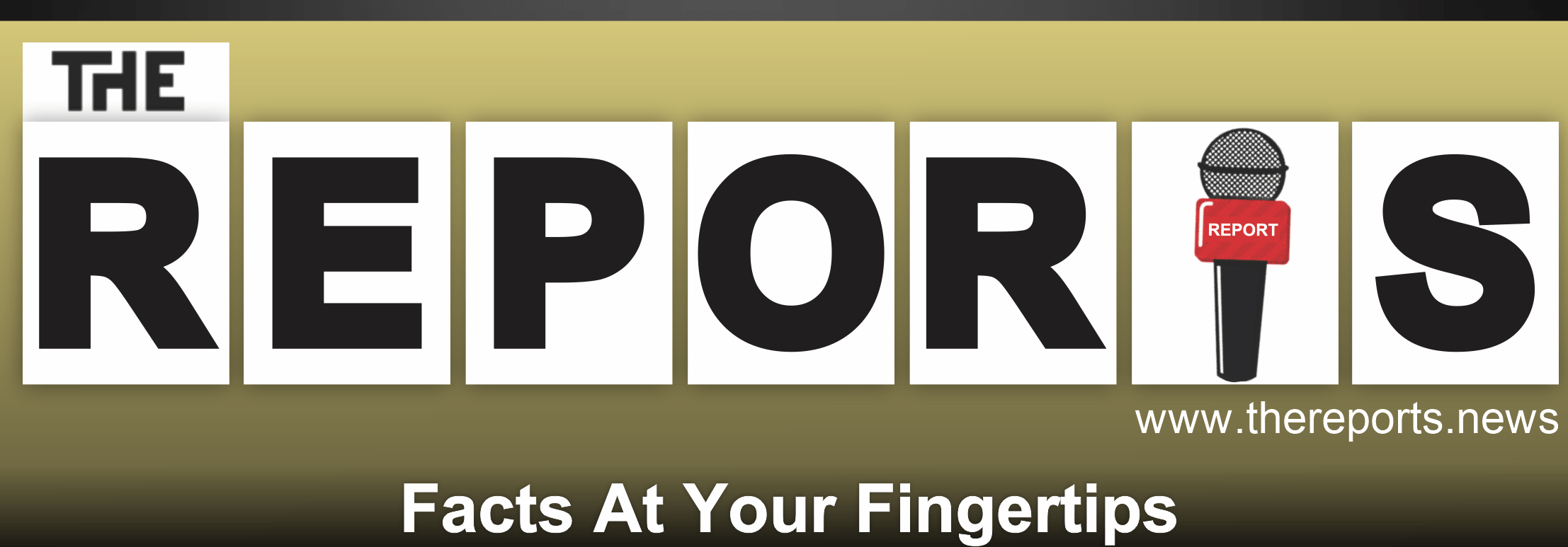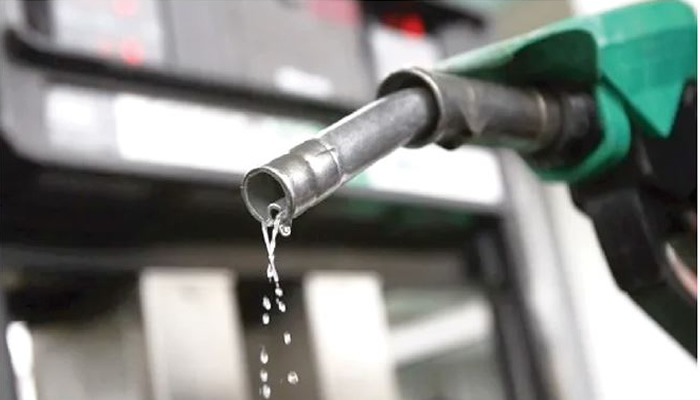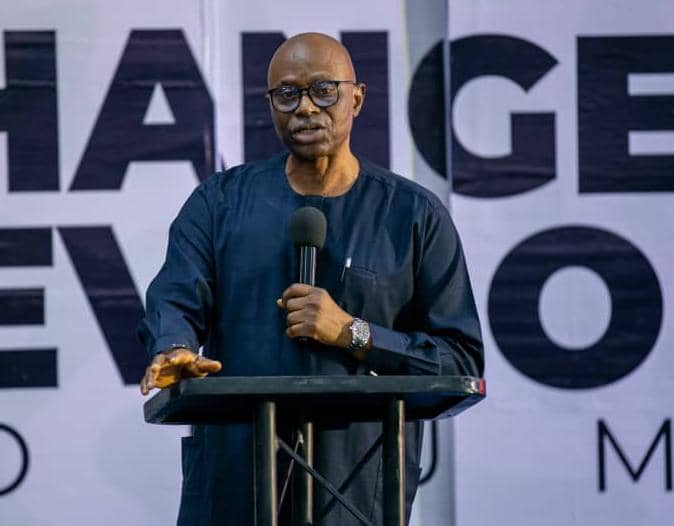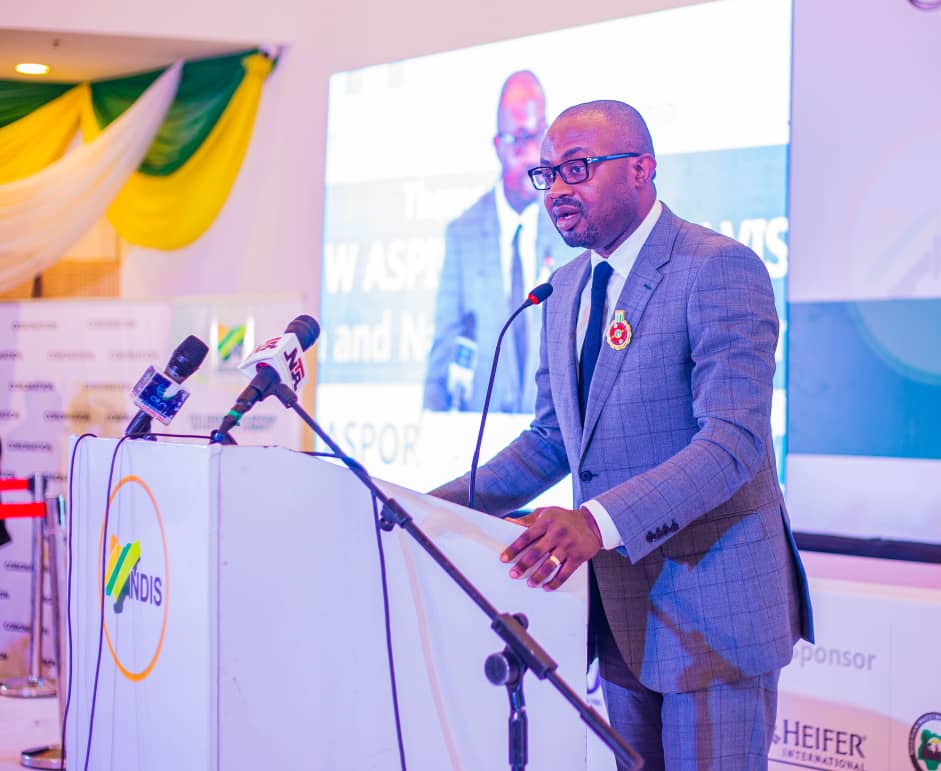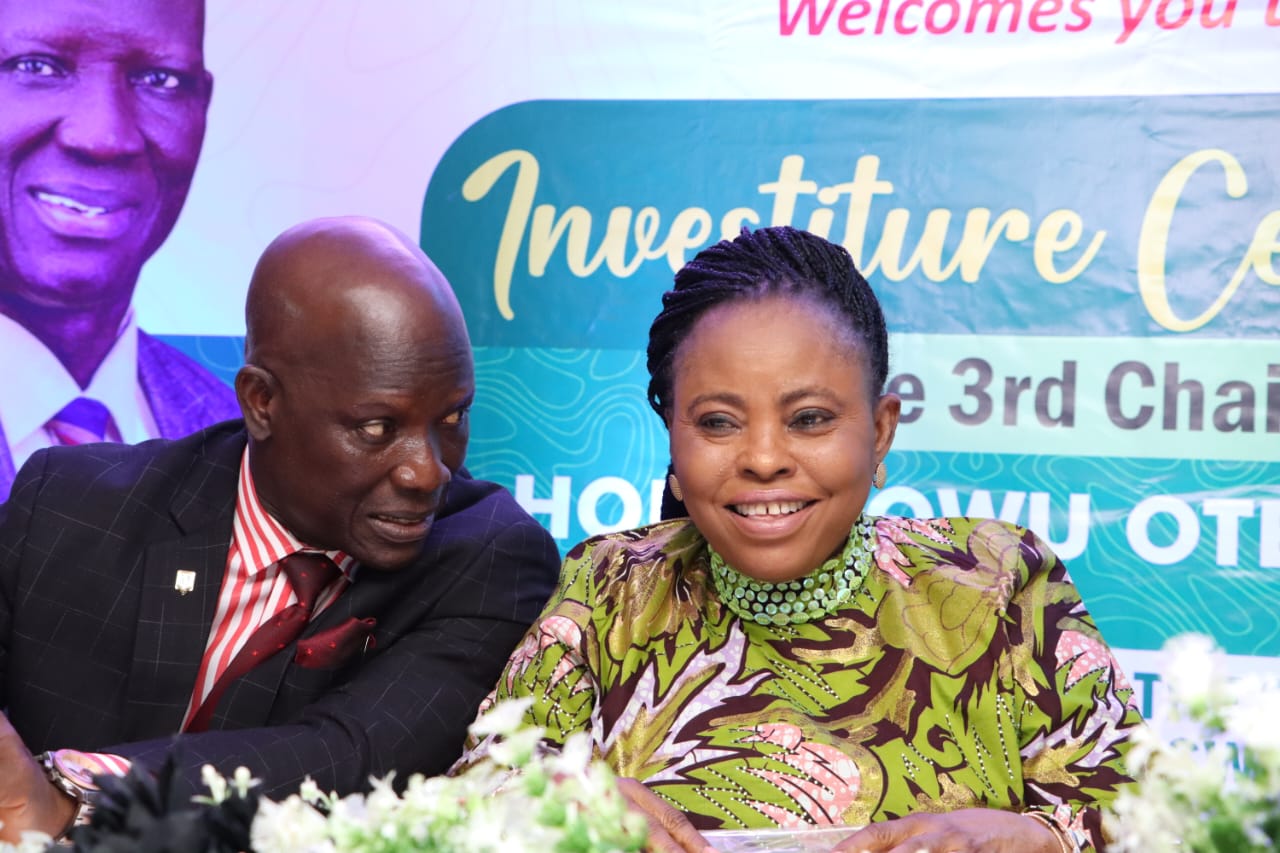The Federal Government may spend about N1.68tn as subsidy on Premium Motor Spirit, popularly called petrol, from September to December this year, an analysis of data provided by oil marketers and the sector has shown.
PMS dealers stated on Thursday that the pump price of petrol should be between N890 to N900/litre based on the fall of the naira against the United States dollar and the surge in the price of crude in the international market.
Petrol currently sells at between N598 and N617/litre depending on the location of purchase, fuelling suspicion that the commodity is being subsidised by the Federal Government.
The government and the NNPCL have not officially admitted that subsidy on petrol has been reintroduced. President Bola Tinubu had on May 29 announced the end of the subsidy regime during his inaugural address.
The government subsidises PMS through the Nigerian National Petroleum Company Limited. NNPCL is the sole importer of PMS. Other marketers stopped PMS imports due to their inability to access foreign exchange.
The removal of subsidy led to an increase in the pump price of petrol from about N198/litre in May to the current rate of N617/litre. But the fall of the naira coupled with the rise in crude oil price have continued to mount pressure on the cost of PMS.
Dealers in the downstream oil sector explained that the cost of crude oil and the exchange rate of the naira-dollar accounted for over 80 per cent of the cost of PMS.
Brent crude, the global benchmark for oil, rose to about $95/barrel on Thursday. It had peaked to $97/barrel the preceding day, which was the highest figure in 2023.
Oil had started the year at about $82/barrel, dipped to $70/barrel in June, but traded above $94/barrel in the past week.
Also, The PUNCH reported on Thursday that the naira continued its downward trend after exchanging to the dollar at 980 on the parallel market on Wednesday.
A week earlier, the naira was exchanged to the dollar at 950/$.
However, on the FMDQ at the Investor & Exporter forex window, the naira appreciated slightly after closing at 770.71/$ on Wednesday from 776.76/$ on Tuesday.
The forex crisis and the recent rise in crude price, according to oil marketers, have made it impossible for petrol price to still remain at N617/litre. They insisted the government had quietly reintroduced fuel subsidy.
A media report on Thursday indicated the Federal Government paid N169.4bn subsidy in August, 2023.
Quoting a Federal Account Allocation Committee document, the report said the Nigerian Liquefied Natural Gas paid $275m as dividends to Nigeria via NNPCL.
NNPCL, according to the report, used $220m (N169.4bn at N770/$) out of the $275m to pay for the PMS subsidy in the review month.
“I told you earlier that there is no way that the government will sustain the price of petrol at N617/litre without paying subsidy on it, going by the continued fall of the naira,” the National Public Relations Officer, Independent Petroleum Marketers Association of Nigeria, Chief Chinedu Ukadike, told The PUNCH on Thursday.
He added, “The dollar is almost N990 at the parallel market currently, and you can see the effect of this on the pump price of diesel. Diesel is close to N1,000/litre, so the retail price of PMS should be around N890 to N900/litre.
“Therefore, it is better the government assists the masses by paying subsidy. From our records, in the United States, the super product or petrol is sold around $3.9, which is close to about N3,000/litre.
“The premium product is sold at about $2.89, which is over N2,000/litre. And if you check in other African countries you will find out that the product is being sold at between N1,200 and N1,500. But going by the forex rate in Nigeria, it should be around N900/litre.”
It was gathered that the subsidised ex-depot price of petrol as sold by NNPCL, was between N585 and N600 depending on area of purchase.
By subtracting the ex-depot cost of N600/litre from the projected unsubsidised rate of N890/litre, that the government may have been spending about N290/litre as subsidy currently.
In July, data from the Nigerian Midstream and Downstream Petroleum Regulatory Authority showed that between June 1 to June 28, 2023, which was described as the post-deregulation period, the total petrol consumption across the country was 1.36 billion litres, while the average daily consumption was put at 48.43 million litres.
With an average daily consumption of 48.43 million litres and an estimated subsidy of N290/litre, the government could be incurring N14.04bn as subsidy daily, while this could rise to N421.3bn monthly.
This could rise to as high as N1.68tn for the months of September, October, November and December 2023, should the naira continues its fall against the dollar and crude price maintains its upward surge.
Subsidy consumes trillions
Before Tinubu announced the end of fuel subsidy in May, the scheme had consumed trillions of naira from the government’s purse.
In October 2022, The PUNCH reported that the government of former President Muhammadu Buhari had spent about N6.88tn in subsidising petrol at the time.
This was based on data obtained from the Nigerian National Petroleum Company Limited and the Nigeria Extractive Industries Transparency Initiative.
NEITI report showed that fuel subsidies gulped N316.7bn in 2015; N99bn in 2016; N141.63bn in 2017; N722.3bn in 2018; N578.07bn in 2019; and N134bn in 2020.
Although the NEITI report did not state the amount spent in 2021 and 2022, figures obtained from NNPCL indicated that fuel subsidy jumped to N1.43tn in 2021.
NNPCL data also showed that petrol subsidy gulped N2.565tn between January and August last year. The oil company, however, described its subsidy spending as under-recovery.
The latest report on 169.4bn spent on subsidy in August indicates more billions of naira might be spent on the commodity from September to December 2023.
Culled from punchng.com
